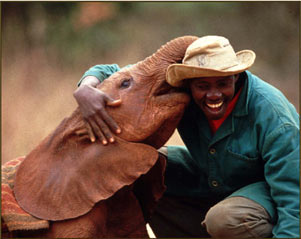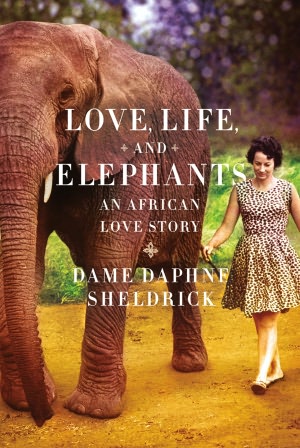Estimated to have declined in population by up to 50% in the past two decades, Grevy’s zebras are on the IUCN’s list of threatened species primarily due to habitat destruction, human disturbance, and competition with grazing domestic animals. According to the authors of Wildlife Heroes (Scardina & Flocken, 2012), the social system of these zebras makes them particularly susceptible to threats: “Grevy’s zebras have a totally different social system than the more numerous plains zebra, which served them well in their ecological niche until resources and numbers began to decline. Breeding males remain on their territories year-round – sometimes even in times of severe drought. Females and nonterrritorial (bachelor) males will migrate to more habitable pastures. As fewer than three thousand Grevy’s zebra’s remain over thousands of square kilometers in northern Kenya and Ethiopia, the strongest, most territorial males are often left with a territory no females traverse. On top of habitat loss, water shortages, hunting pressures and human disturbance, this certainly makes a successful breeding season more difficult, so the downward population spiral continues.”
But Kenya and Ethiopia aren't the only areas where conservation professionals are working to protect zebras. In Tanzania's southern highlands, 24 zebras were recently released (species and sub-species information was not available) into an area that lost it's zebra population 50 years ago.
A few reasons why we should care about zebra populations:
1) Zebras, wildebeest, and antelope participate in a complex migration each year. Zebras eat the toughest grasses first, which stimulates new, more tender growth for the next wave of migratory herbivores.
2) Zebras are prey species to carnivores such as lions and hyenas. Grevy’s zebras, in particular, expand the range of these carnivores by inhabiting areas that other zebras do not (Scardina & Flocken, 2012)
3) Saving zebras helps to protect other species that depend on this complex landscape.
Want to help protect the Grevy’s zebra? Adopt a Grevy’s zebra at the Cincinnati zoo or support the Grevy’s Zebra Trust, which works to employ members of the local community in zebra monitoring programs.










